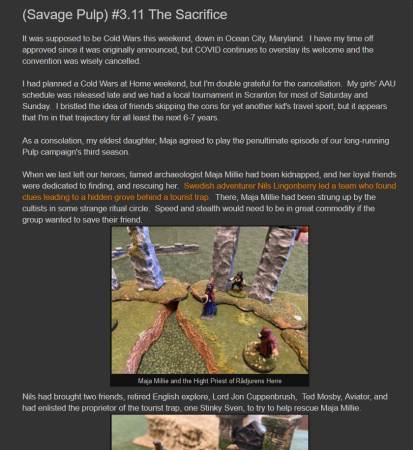
The Turbulent Life of General Curtis LeMay
474 pages. 16 pages of black-and-white photos. List of sources, chapter notes, index.
This book has been sitting on my bookshelf for a long time, as I wasn't sure I wanted to know more about Curtis LeMay. For people of my generation, he is chiefly remembered for fire-bombing Japan in WWII, running as U.S. vice president along with segregationist George Wallace, and who famously threatened North Vietnam, "…we're going to bomb them back into the Stone Age."
In the first chapter, the author starts by talking about the famous 'Stone Age' quote – it comes from LeMay's ghost-written autobiography, so it was actually created by the ghostwriter but approved by LeMay. Characteristically, he never tried to defend it or explain it. The author reminds us that 1940s Americans were proud of US airpower, but 1960s Americans had mixed feelings about weapons that could be indiscriminate.
The author then takes us to the early days of WWII. LeMay, an expert navigator in the Army Air Force (the Air Force was not independent until after WWII), has been thrown into his first leadership role training new airmen. Due to his excellent navigation skills, he manages to get his bombers across the Atlantic to England before he can be reassigned!
LeMay is eager to learn from the Americans already in the air war, but is dismayed by what he hears: precision bombing in Europe is impossible in the face of accurate anti-aircraft fire. He hits the books, and comes to the conclusion that the experts can't be right. He trains his airmen to ignore the AA fire and concentrate on hitting their targets, proving that he is right and revolutionizing American air strategy.
As the author tells the story, LeMay again and again shows that he is the air commander who overcomes whatever challenges can be thrown against American bombers through superior tactics and training – the 'Patton' of the air war.
LeMay is then transferred to the Pacific, where the new Superfortresses are struggling against Japan. He again succeeds at a difficult task, understanding the engineering, atmospheric and tactical issues.
In Part II, the author goes back to tell the story of LeMay's childhood, marriage, and early service in the military. Then in Part III, he continues after WWII, as LeMay eventually finds himself in command of the new Strategic Air Command (SAC), charged with creating a credible nuclear balance with the Soviet Union. He fought for needed technologies, and strove for the highest standard of excellence.
His final years in the military see him in Washington, where the politicians would rather have him 'in their tent' than working against him. His advice to avoid incrementalism in the Vietnam War is ignored.
After retirement, tired of both conventional political parties, LeMay agrees to be a candidate for the new American Independent Party, attracted to their conservative positions. After an interview with George Wallace, he is apparently mollified over concerns about the party's segregationist positions. LeMay – never talkative, blunt, truth-speaking – turns out to be a terrible politician. He then retires from public life.
If you believe that one person can't make a difference, this book may change your opinion. LeMay was both insightful and stubborn when he knew he was right, and a master trainer. What WWII might have been like without him is unimaginable, and he had a similar impact on the Cold War.
If you are a student of leadership, this book also has a lot for you. Cigar-chomping LeMay, often imagined to be forceful and profane, actually encouraged anyone to speak up with new ideas (and he rarely swore).
Some may be disappointed that the book does not delve more into the ethics of airpower. LeMay, like many WWII leaders, believed that if you have to fight a war, you go all-in. The author points out that others established the national policies; LeMay was carrying them out (in his later years, over his own objections).
There's not much here on LeMay's political career, perhaps because he seldom bothered to explain himself. Associating with segregationists tainted his reputation, and we can only speculate about why he really did it and whether he was a segregationist himself.
One anecdote from the book involves liberal politicians condemning conservative LeMay, when unexpectedly, one of them admits naming his son after him! They ask why he would name his son after that SOB. He explains that he served as a young man under LeMay in WWII, and that he only lived to have a son because of LeMay's inspired leadership and high standards.
Can you wargame it? LeMay, until ordered to stop, personally led many bombing missions against Nazi Germany. There's lot of interesting information here for gamers of the air war.
Highly recommended, and the book is listed as still in print after all these years.
Reviewed by ![]() Editor in Chief Bill
Editor in Chief Bill ![]()
![]() .
.








